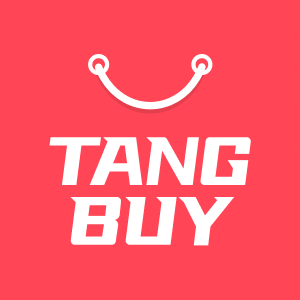How to Choose Between Dropshippers and Wholesalers for Your Business
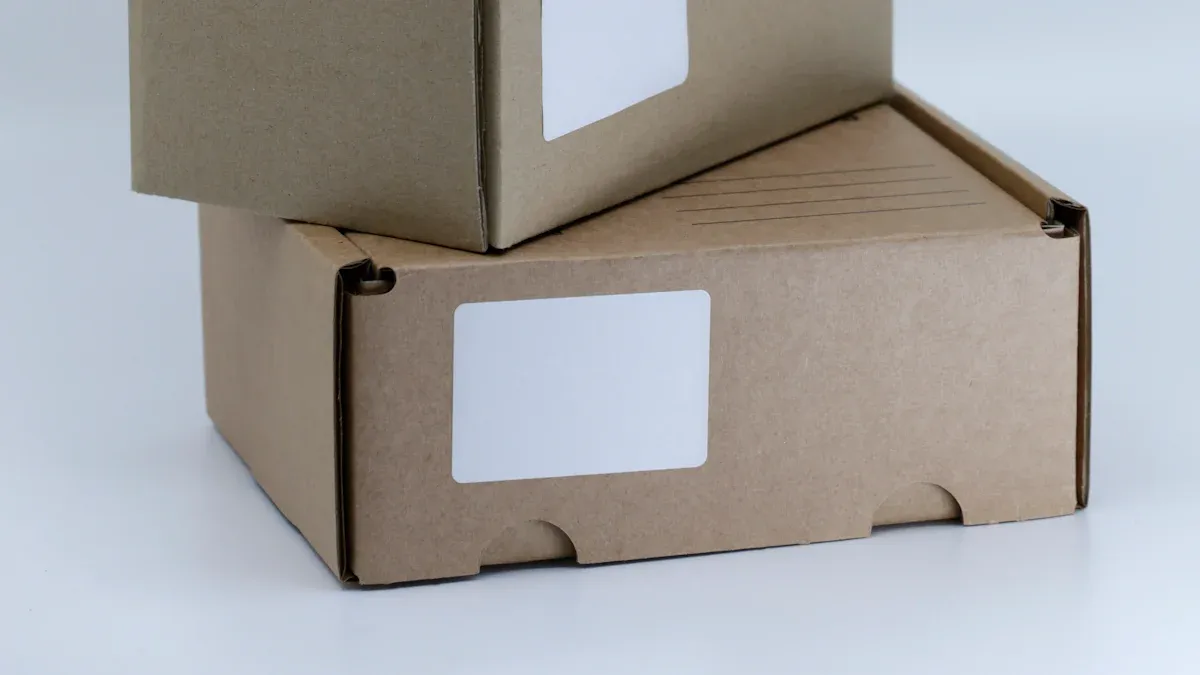
Choosing between dropshippers vs. wholesalers depends on what you want for your business, how much money you have, and how much control you need. Dropshipping lets you start with little money and keeps risks low, but you give up some control over products. Wholesaling needs more cash up front and brings higher risks, but you manage your own inventory and brand. As you read, think about which model matches your needs.
Aspect | Dropshipping | Wholesaling |
|---|---|---|
Capital Required | Low | High |
Control | Limited | Full |
Risk | Low | High |
Key Takeaways
Dropshipping lets you start a business with little money. It is low risk because you sell products without keeping them in stock. Wholesaling needs more money at the start. But you get full control over product quality, pricing, and shipping. Dropshipping is easy to grow and helps you test new products. Wholesaling gives you higher profits and helps build a strong brand. Pick dropshipping if you want less risk and quick growth. Pick wholesaling if you want more control and can handle inventory. You must choose good suppliers and watch important numbers. These include delivery speed and product quality. This is important for both dropshipping and wholesaling.
Quick Comparison

Dropshippers vs. Wholesalers
Feature | Dropshipping | Wholesaling |
|---|---|---|
Startup Cost | Very low. You pay only when you sell. | High. You buy inventory upfront. |
Risk | Low. No unsold stock. | High. You may have unsold products. |
Profit Margin | Lower. Suppliers set prices. | Higher. You control pricing. |
Control | Limited. Supplier ships for you. | Full. You handle everything. |
Scalability | Easy to scale. No warehouse needed. | Harder to scale. Need more space. |
Inventory Management | No inventory to manage. | You track and store products. |
When you look at Dropshippers vs. Wholesalers, you see big differences in how you run your business. Dropshipping lets you start with almost no money. You do not need to buy products before you sell them. This model keeps your risk low because you never get stuck with unsold items. You also do not need to worry about storing or shipping products. However, you give up some control. You cannot check product quality yourself, and you depend on your supplier for shipping speed.
Wholesaling works best if you want more control and higher profits. You buy products in bulk and store them yourself. This means you can check quality and ship orders your way. You set your own prices, so you can make more money per sale. The downside is that you need more money to start. You also take on more risk because you might not sell all your stock. Managing inventory and shipping takes more time and effort.
Tip: Think about how much money you can invest and how much control you want. Dropshippers vs. Wholesalers each offer unique benefits and challenges. Choose the one that matches your business style and goals.
Dropshipping Model
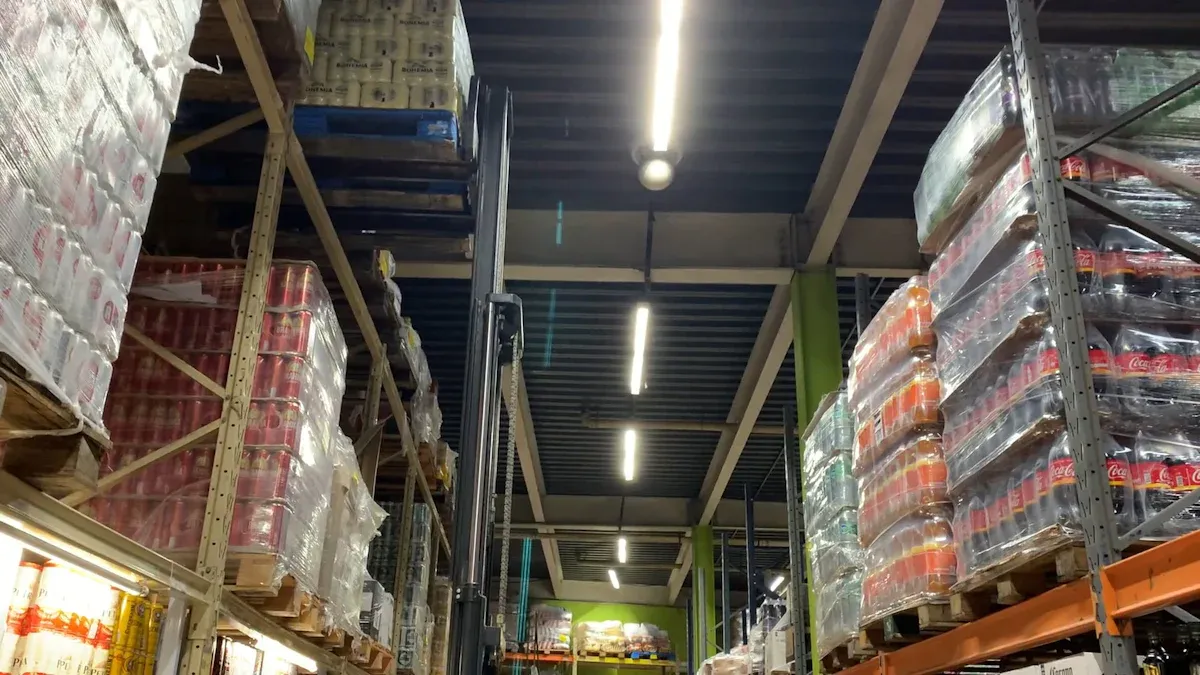
How It Works
Dropshipping means you sell things online but do not keep them. When someone buys from your store, you send the order to your supplier. The supplier ships the item straight to your customer. You never touch or see the product. This way, you can spend more time on ads and helping customers. Your supplier takes care of storage and shipping.
To do well in dropshipping, you must watch some numbers. These numbers are about sales, like how many people buy and how much they spend. You also need to check how many customers come back. Other numbers show how fast orders get sent and if they are correct. You should look at money numbers too, like how much you earn and spend. Watching these key numbers helps you find problems early. Then you can fix things and make better choices for your store.
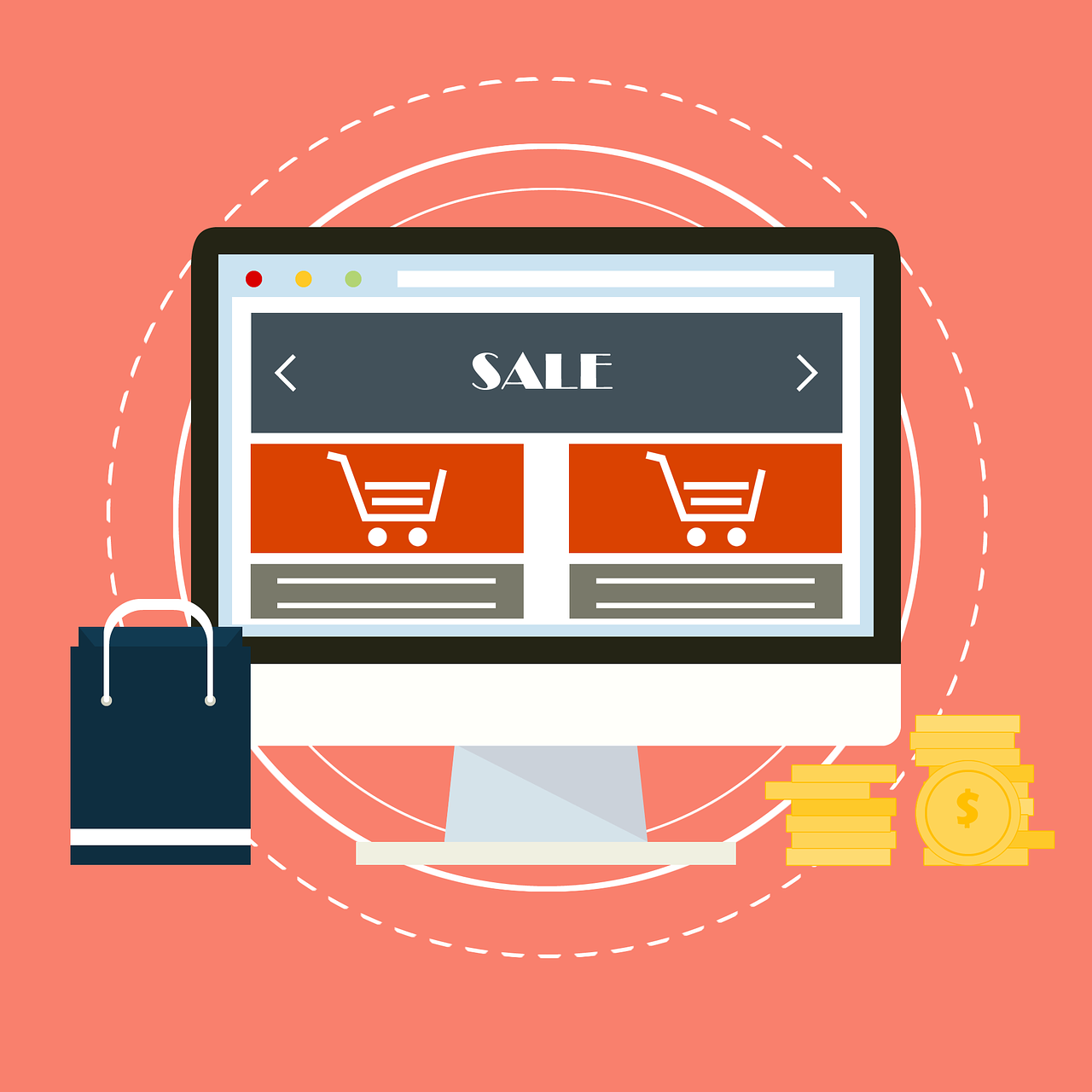
Pros
You can begin your store with little money.
You do not have to buy things before you sell them.
You will not get stuck with things you cannot sell.
You can sell many types of products without a warehouse.
You can grow your store fast by adding new items or selling in new places.
Tip: Dropshipping is good if you want to try new ideas or products without much risk.
Cons
You cannot check product quality because you never see the items.
Shipping can be slow if your supplier is far away. Many people want fast shipping, so waiting can make them upset.
You rely on your supplier for having enough stock and sending orders right. If your supplier runs out or makes mistakes, your customers may blame you.
It can be hard to find good suppliers. Many dropshipping stores say this is their biggest problem.
You might have a lot of competition and make less money than with wholesaling.
When you look at Dropshippers vs. Wholesalers, dropshipping lets you be flexible and take less risk, but you give up some control and profit.
How It Works
With wholesaling, you buy lots of products at once. You get them from manufacturers or suppliers. You keep these products in your own warehouse. Then you sell smaller amounts to other businesses or retailers. This way, you control your inventory, prices, and shipping.
Here is a table with some key facts about wholesaling:
Metric | Data/Value |
|---|---|
Global Wholesale Market Size (2023) | $49.5 trillion |
Projected Global Market Size (2024) | $53 trillion |
CAGR (2023-2028) | 7.1% |
U.S. Wholesale Revenue (Feb 2024) | $673.7 billion |
U.S. Wholesale Inventories (Feb 2024) | $901.1 billion |
U.S. Wholesale Employment (Mar 2024) | 6.2 million people |
You do many jobs in wholesaling. You track your inventory and plan deliveries. You use technology to help with tracking and planning routes. You also guess how much people will want to buy. You solve problems in the supply chain. Many wholesalers now use automation and AI to help them compete.
Pros
You pay less for products when you buy in bulk. This helps you make more money on each sale.
You decide how to store, ship, and check product quality.
You set your own prices and can use different ways to price things, like cost-plus or surge pricing.
You can build good relationships with retailers, which helps you get steady sales.
Good inventory turnover and warehouse management can lower your storage costs.
Note: Many wholesalers in clothing see profit margins from 30% to 50%. This shows wholesaling can be very profitable if you manage it well.
Cons
You need a lot of money at the start to buy and store products.
If products do not sell fast, your money gets stuck in inventory.
Managing inventory and supply chains takes a lot of time and can be hard.
Sometimes you wait for buyers to pay, which can slow down your cash flow.
If demand changes, you might have too much or too little stock.
Dropshippers and Wholesalers both have their own problems. Wholesaling gives you more control and profit, but you also have more risk and work to do.

Best Fit
Dropshipping Is Ideal For
Dropshipping is a good choice if you want to start with little money and low risk. Many people who are new to business like this model. You can try out ideas without buying products first. Dropshipping is great for side jobs or if you want to sell different things fast.
Here is a checklist to help you see if dropshipping is right for you:
You have a small budget and want to spend less at the start.
You want to try new products or markets before spending a lot.
You do not want to keep track of inventory or ship items.
You want a business that can grow fast without a warehouse.
You are okay with trusting suppliers for quality and shipping.
You plan to use marketing skills, like social media or SEO, to get customers.
You want to find market gaps and build a special business.
Note: Picking good suppliers is very important in dropshipping. About 84% of online sellers say finding good suppliers is hard. Always check your suppliers before you begin.
Dropshipping profit margins are usually between 15% and 20%. This model is best if you want less risk and want to grow slowly. Fast-growing markets like fashion and home & garden are good for dropshipping stores.
Wholesaling Is Ideal For
Wholesaling is better if you want more control over your products and brand. This model works best for businesses that have enough money to buy lots of products at once. You can set your own prices and handle the customer experience from start to finish.
Use this checklist to see if wholesaling is right for you:
You have enough money to buy and store products.
You want to control product quality, packaging, and shipping.
You want to build a strong brand and keep customers coming back.
You feel okay managing inventory and supply chains.
You want higher profits and steady relationships with retailers or customers.
You have the skills or help to handle logistics and warehouse work.
Here is a table to help you compare both models:
Business Attribute | Dropshipping Characteristics | Wholesaling Characteristics |
|---|---|---|
Budget | Low upfront costs; pay only after sales | High upfront investment; bulk purchasing required |
Business Maturity | Good for new entrepreneurs, side hustles, low-capital startups | Best for established businesses with capital and inventory skills |
Risk Tolerance | Lower financial risk due to minimal investment | Higher risk due to inventory investment and unsold stock |
Product Line Focus | Wide product selection without inventory limits | Focused product lines with control over inventory and branding |
Scalability | Highly scalable without warehousing or shipping logistics | Scalable but needs more resources and management |
Control Over Branding | Limited control; relies on supplier packaging | Full control over branding and customer experience |
Inventory Management | No need to hold or manage inventory | Requires purchasing, storing, and managing inventory |
Shipping Responsibility | Supplier ships directly to customers | Business handles shipping |
Lower margins due to higher supplier costs | Higher margins from bulk purchasing discounts |
Tip: Dropshippers and Wholesalers both have special strengths. Dropshipping lets you move fast and take fewer risks. Wholesaling gives you more control and higher profits if you can handle inventory and shipping.
When you look at your money, business skills, and goals, you can see which model is best for you. Dropshipping helps you start small and grow fast. Wholesaling gives you more profit and control if you can manage it.
Decision Guide
Budget
First, check how much money you have. Dropshipping is good if you do not have much. You only pay for products after you sell them. Wholesaling needs more money at the start. You must buy many products at once and pay for storage. If your budget is small, dropshipping is safer to try. If you have more money and want bigger profits, wholesaling might be better.
Product Type
Think about what you want to sell. Dropshipping works well for new or popular items. You can try new things without losing money. Wholesaling is best for things that always sell, like basic clothes or electronics. You can check quality and build a strong brand with wholesaling. If your products need special care or packaging, wholesaling gives you more choices.
Risk
All businesses have some risk. Dropshipping keeps your risk low. You do not buy products until someone orders them. If something does not sell, you lose nothing. Wholesaling has more risk. You might not sell everything you buy. You also need to store and ship your products. If you want less risk, dropshipping is safer. If you can handle more risk for bigger rewards, try wholesaling.
Scalability
Growing your business means getting bigger and faster. Dropshipping lets you add new products and reach more people. You do not need a warehouse. Wholesaling can grow too, but you need more space and workers. Many companies use automation to help them grow. For example:
Case Name | Scalability Metric | Impact Description |
|---|---|---|
Kenneth Cole | Cost savings from automation and platform integration | |
Rifle Supply | $300 million added product value | Large inventory value added to web store, showing growth |
ScreenSkinz | 95% time saved on manual tasks | Efficiency gain from automation, making scaling easier |
You can watch order numbers, supplier work, and profits to see what works. Use automation and sell in more places to help your business grow.
Branding
Branding makes your business special. Dropshipping gives you less control over how things look and feel. Your supplier does most of the work. Wholesaling lets you design your own packaging and control everything. You can build a strong brand and get customers to return. If branding is very important to you, wholesaling gives you more control.
Tip: Pick the model that matches your goals, budget, and how much control you want.
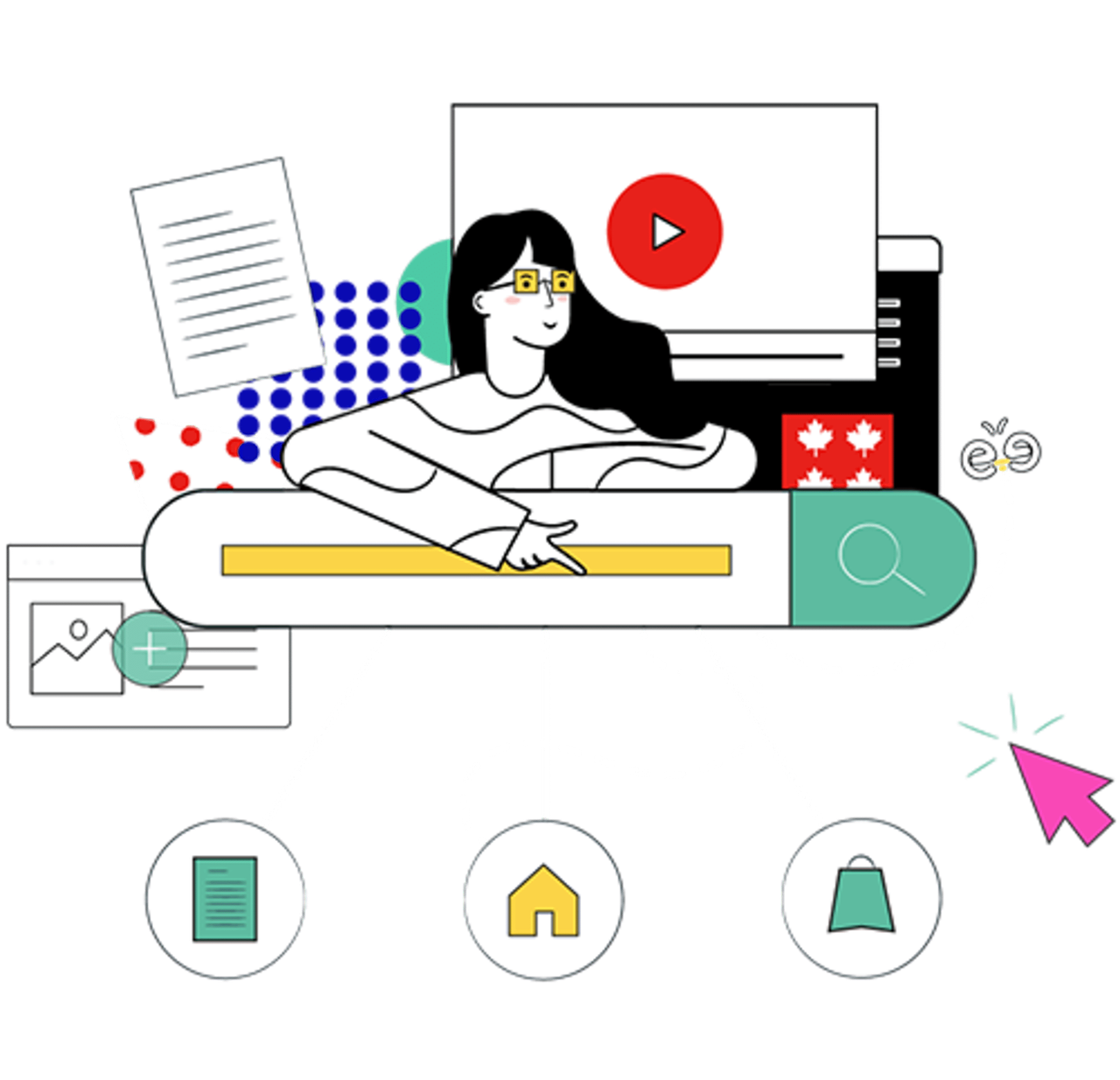
Final Tips
Picking the right supplier changes your business path. You want to make choices that help your store grow. Here are some tips from experts to help you:
Use supplier scorecard software. This tool helps you watch how suppliers do in real time. You see important numbers and get alerts if there are problems. Scorecards let you compare suppliers and pick the best one.
Try AI tools for vendor selection. These tools check more than just price. They look at quality, money strength, and delivery speed. AI can help you find the right supplier for your needs.
Always check vendor references. Ask other businesses what they think. Good reviews mean you can trust the supplier.
Negotiate every contract detail. Talk about price, discounts, and delivery rules. Make sure you know all costs before you agree.
Use e-procurement systems. These systems help with bidding, checking, and contracts. They save time and lower mistakes.
Involve your team in vendor checks. Different people see different risks. Working together helps you find problems early.
Keep a list of approved vendors. Use your own rules and get advice from groups in your industry. This keeps your choices safe and smart.
Check vendor financial health. Make sure they can deliver on time and stay in business.
Tip: Visit supplier sites if you can. Seeing their work helps you know if they are honest and can handle your orders.
Set clear KPIs for your suppliers. Track things like delivery speed, product quality, and service. Use these numbers to keep suppliers doing well.
Use cloud-based tools to manage checks and speed up work. These tools make starting with new suppliers easier and lower risk.
A good supplier choice uses both data and expert advice. Many businesses use methods like analytic hierarchy process (AHP) to weigh costs, risks, and scores. This helps you balance price with trust and safety. When you use these tips, you build a stronger and safer business, no matter which model you pick.
Dropshipping is easy to start and you do not risk extra stock. But you cannot control quality or how fast things ship. Wholesaling costs more money at first, but you make more profit and control everything. Both models need you to watch things like shipping speed and if your supplier is reliable. Look at the comparison and decision guide to help you pick what fits your goals.
Be confident as you choose—pick the model that helps your business get bigger.

FAQ
What is the biggest risk in dropshipping?
You have to trust your supplier for quality and shipping. If the supplier makes a mistake, your customers might get mad. You cannot fix these problems yourself.
Can you switch from dropshipping to wholesaling later?
Yes, you can begin with dropshipping and change to wholesaling later. Many business owners do this when they have more money and know more. This helps them grow their stores.
How do you find a reliable supplier?
Look at reviews and ask for product samples. Use scorecards to see how well suppliers do. Good suppliers answer fast and send orders on time.
Which model gives you better profit margins?
Wholesaling usually lets you make more money per sale. You buy lots of items at lower prices and set your own prices. Dropshipping gives you less profit because each item costs more.

TangBuy: A Smarter Way to Dropship in 2025
If you're looking to stay competitive with dropshipping in 2025, speed and trend-awareness are key. TangBuy helps you stay ahead with real-time product trends, fast fulfilment, and factory-direct sourcing. With over 1 million ready-to-ship items, 24-hour order processing, and seamless Shopify integration, TangBuy makes it easier to test, scale, and succeed in today's fast-moving eCommerce landscape.
See Also
Selecting Trustworthy Wholesale Vendors For Affordable Bulk Footwear
Discovering Wholesale Items With The Highest Profit Margins
Complete Guide To Starting A Dropshipping Venture In 2025
Ways To Manage Shipping Expenses In Your Dropshipping Business
